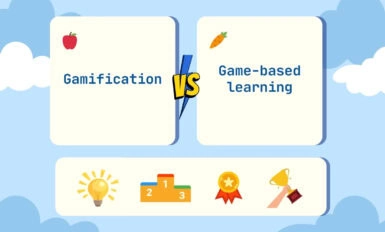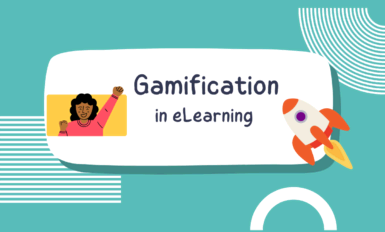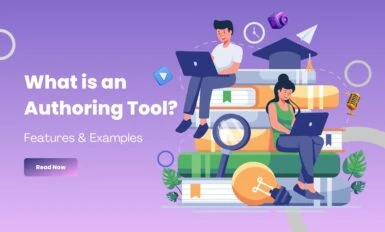Game-based Learning Examples for Inspiration (Updated)
Game-based learning (GBL) examples have emerged as an effective educational approach for both students and adult learners, leveraging the engaging nature of games to facilitate knowledge acquisition and skill development.
By incorporating elements of competition, collaboration, and fun, GBL transforms traditional learning environments into interactive experiences. Examples of game-based learning include simulation games that mimic real-world games like “Millionaire” for reinforcing knowledge.
For adult learners, GBL can enhance critical thinking and decision-making skills in professional contexts. This method not only increases motivation and engagement but also improves knowledge retention by allowing learners to apply concepts in a practical, risk-free setting.
Game-based Learning Examples for Students
Game-based learning is an effective way to engage students and enhance their understanding of various subjects. To create engaging game-based learning experiences, educators and instructional designers can use eLearning authoring tools like ActivePresenter. With its built-in question properties and interactive features, ActivePresenter simplifies the process of designing diverse educational games that captivate learners and improve knowledge retention. This software is a good start to step into eLearning games world 👇

Here are some game-based learning examples for students that you can create with ActivePresenter.
1. Millionaire Game
In this game, players answer a series of 15 multiple-choice questions, progressing through three levels of increasing difficulty.
The objective is to correctly answer all questions to win virtual prizes, simulating the experience of competing for a million dollars.
The game-based learning example encourages engagement through its competitive format, where learners can test their knowledge across various subjects. It is designed to be customizable, allowing educators to create tailored versions that suit different learning objectives and audiences.
The game promotes active learning by incorporating elements of gamification, which enhances motivation and retention of information.
By providing immediate feedback and a risk-reward structure, the eLearning Millionaire game effectively combines entertainment with education, making it a valuable resource in both classroom and online learning environments.
Overall, it serves as a dynamic way to reinforce knowledge while keeping learners engaged.
Suitable for:
Knowledge check
Classroom and online learning
Difficulty to create: ⭐⭐⭐
2. Way Back Home
“Way back home” is an engaging educational game-based learning example where a baby tiger is on its journey back home by answering multiple-choice questions at various milestones.
In detail, each question is designed to test the player’s knowledge across different subjects, including geography, biology, and basic problem-solving skills.
The game’s interactive format encourages critical thinking and reinforces learning in a fun and dynamic way. With each correct answer, the baby tiger moves closer to its home, fostering a sense of achievement and motivation.
This blend of adventure and education makes “Find Way Home” promotes not only knowledge retention but also a love for learning through gameplay.
Overall, “Find Way Home” serves as an excellent tool for educators looking to combine entertainment with educational value, ensuring that students learn while having fun on their learning journey.
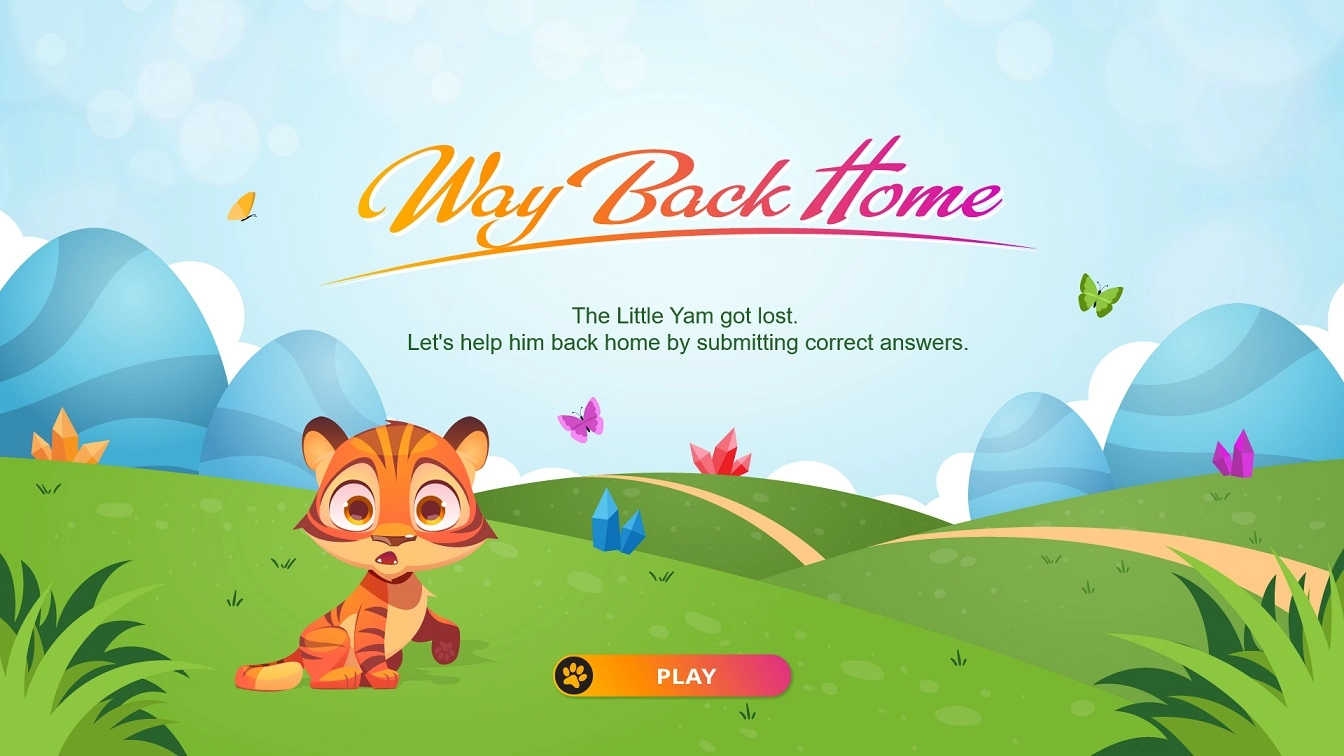
Suitable for:
Knowledge check
Classroom and online learning
Difficulty to create: ⭐⭐⭐
3. Hidden Object Game
Hidden object eLearning games are innovative tools designed to enhance vocabulary acquisition through interactive gameplay. Specifically, players search for specific items hidden within richly detailed scenes, matching them to their corresponding vocabulary words.
Research shows that such games can significantly improve vocabulary recognition and motivation among learners.
As players navigate through various levels, they encounter challenges that require them to recall and apply their vocabulary knowledge, promoting active learning.
The gameplay mechanics often involve solving puzzles or completing tasks related to the vocabulary being taught, making the process enjoyable and effective.
Additionally, hidden object games can accommodate different learning styles, allowing students to learn at their own pace while providing instant feedback on their progress.
By integrating fun and education, hidden object eLearning games serve as valuable resources for both teachers and students, fostering a deeper understanding of language in an interactive environment.
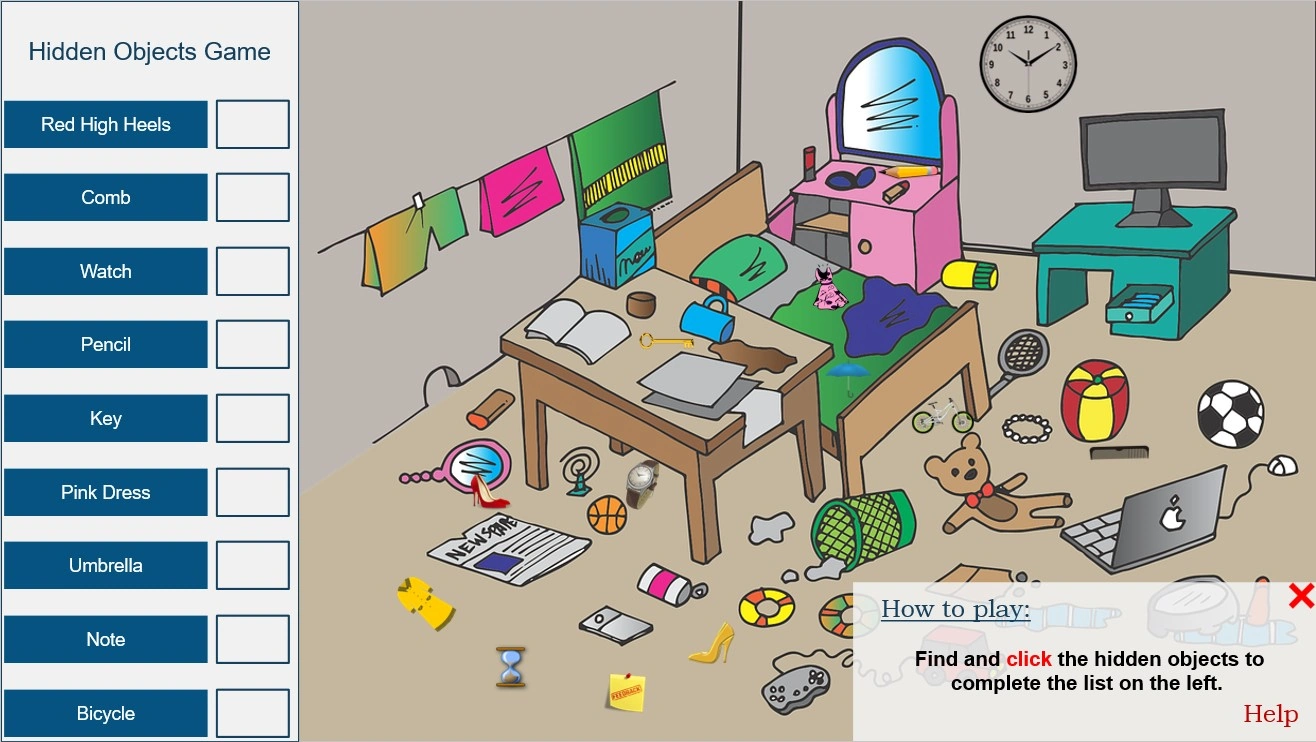
Suitable for:
Vocabulary learning
Classroom and online learning
Difficulty to create: ⭐⭐
Game-based Learning Examples for Professionals
1. Game of Trust
The eLearning game “Trust” explores the dynamics of trust and cooperation through interactive gameplay.
Players navigate a series of scenarios that illustrate how trust can be built or broken in various contexts, such as personal relationships and societal interactions.
The game employs a visual storytelling approach, presenting players with choices that affect outcomes, thereby encouraging reflection on the importance of trust in communities.
Throughout this game-based learning example, players learn about concepts like the “trust game” and the impact of reputation, as well as strategies for fostering cooperation.
The engaging design and thought-provoking scenarios aim to enhance players’ understanding of social dynamics and the role trust plays in fostering collaboration.
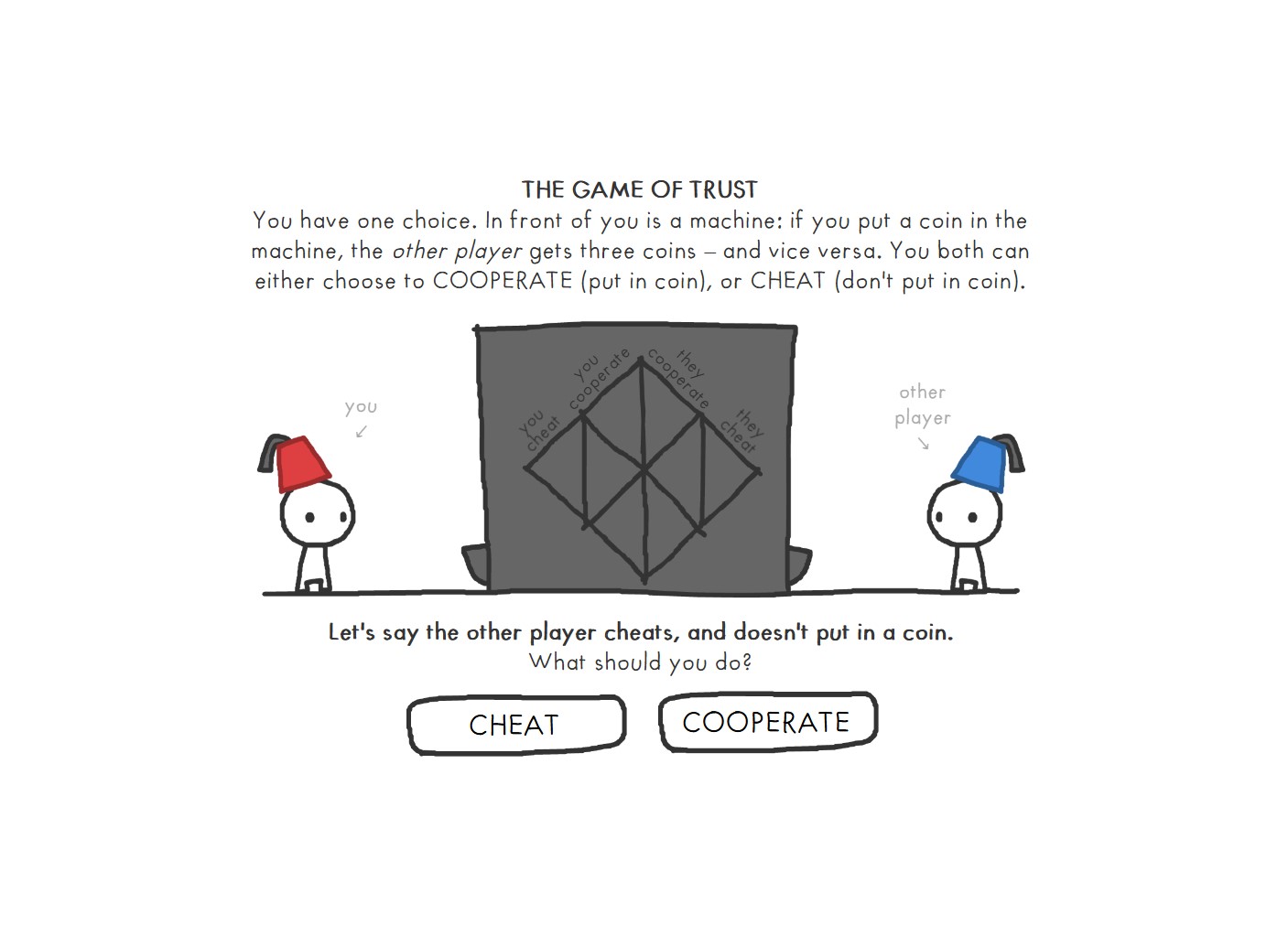
By making choices that influence the game’s narrative, players gain insights into their own beliefs about trust and how they can apply these lessons in real life. Overall, “Trust” serves as both an educational tool and a commentary on human interaction.
Suitable for:
Self-paced and individual learning (this game is longer than your attention span).
2. Spent
“SPENT” is an interactive eLearning game-based learning example that simulates the challenges of living on a low income.
Players take on the role of a character facing difficult financial decisions, navigating daily expenses while trying to make ends meet.
The game presents various scenarios that reflect real-life situations, such as job loss, unexpected bills, and the need for affordable housing.
Throughout the game, players must make choices about spending their limited resources on necessities like food, healthcare, and transportation. Each decision impacts their financial stability and overall well-being, highlighting the tough trade-offs that many individuals in poverty face.
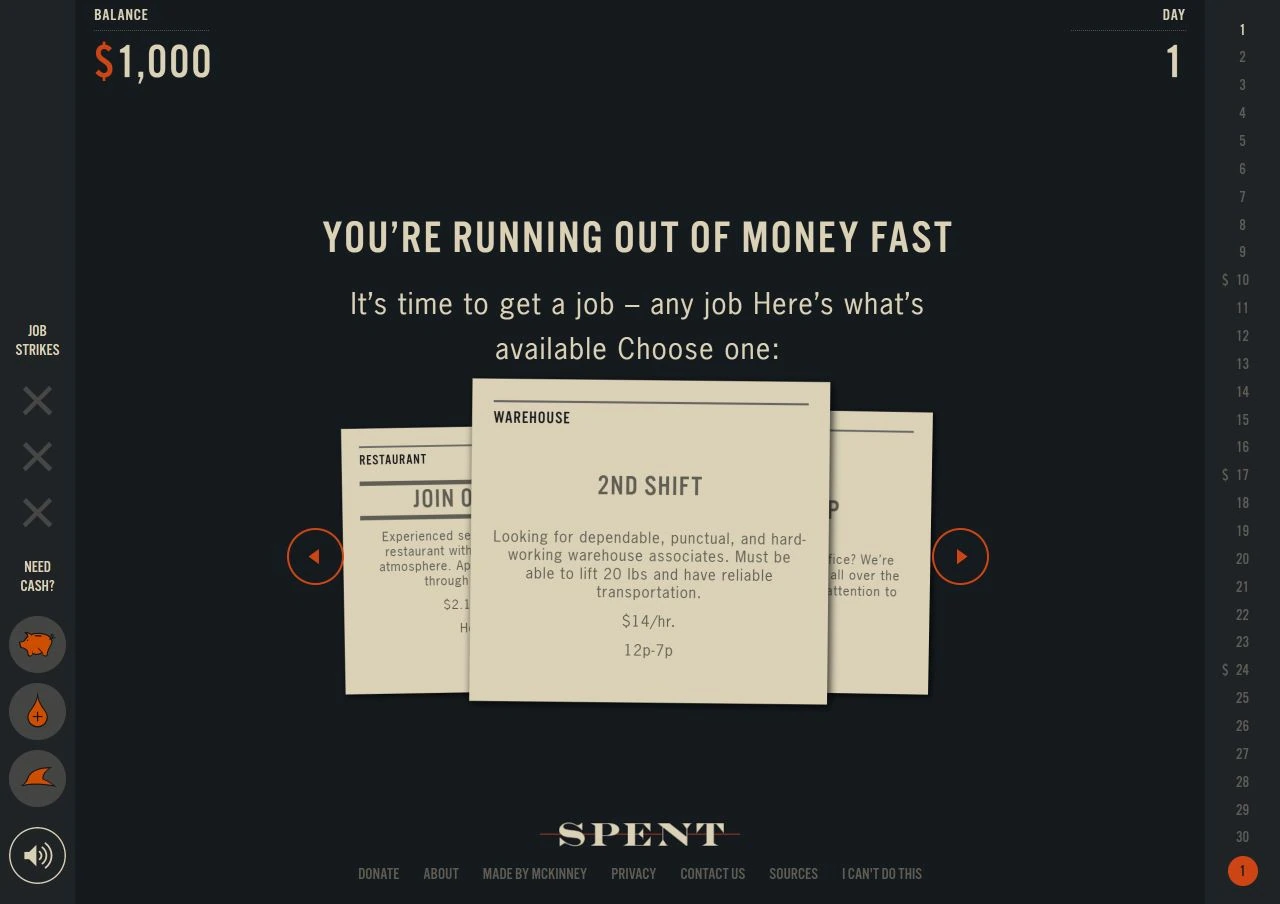
The game aims to foster empathy and understanding of the struggles associated with low-income living by encouraging players to reflect on their own perspectives about poverty and economic hardship.
By engaging with these scenarios, players gain insight into the systemic issues surrounding financial insecurity and the importance of support systems in overcoming these challenges.
Suitable for:
Self-paced and individual learning.
Wrap it up
Game-based learning enhances engagement and retention for both students and adults by blending fun with education. Examples include Millionaire game for classroom engagement, Spent for income management.
These activities encourage practical skill development, critical thinking, making learning both enjoyable and impactful.
You may find these good reads
Table of Contents
Game-based Learning Examples for Students
Game-based Learning Examples for Professionals
